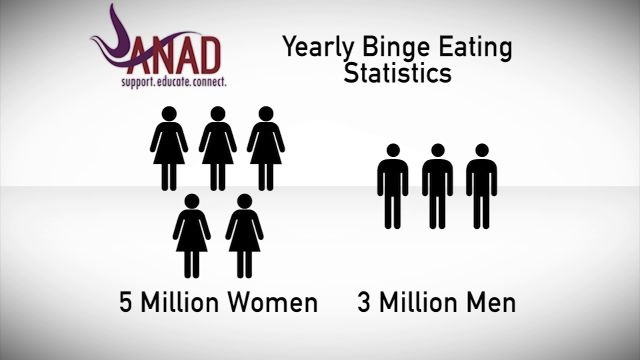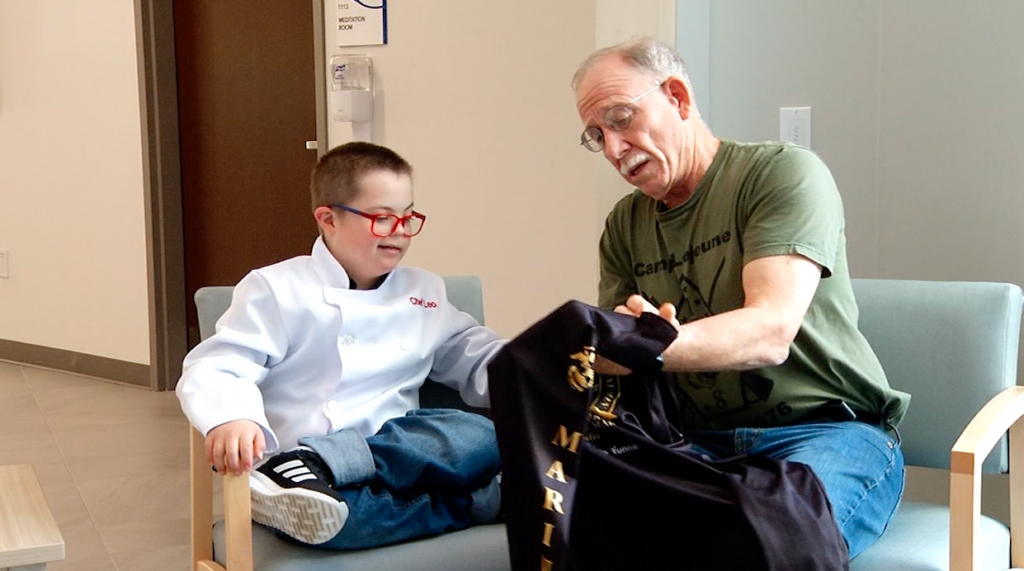Deadly Diets, Part 1: Living with an eating disorder

For many of us, eating is just another part of life; however, for the estimated 30 million people in the U.S. suffering from eating disorders, it’s not nearly that simple.
The National Eating Disorders Association (NEDA) has dedicated February 21-27 to raise awareness in 2016.
18-year-old Ally Gorecki knows the hearbreaking and mentally exhausting grip eating disorders can have, first-hand. The Cape Henlopen High School senior has a lot to look forward to this summer, including her graduation in June before she starts school for hair and make-up this fall.
“My dream would be to do, like, makeup on Fashion Week or something in like New York.” Says Gorecki.
This summer also marks a painful milestone for Ally. It will mark six years since she began battling anorexia nervosa. It’s an eating disorder where food intake is restricted due to what experts say is an intense fear of gaining weight.
At her worst that summer entering 7th grade, Ally says she ate as little as an apple a day. It came as no surprise, she saw results.
“I lost 40 pounds in about six weeks.” Ally tells 47ABC.
Melinda Brett is a licensed clinical counselor and owner of ReConnections in Salisbury. Whether it’s consuming too little or too much, Brett says most people who develop eating disorders share one common trigger.
“In all of the years that I’ve been doing this, I would say 99.9% of the time, it all starts with a diet. It all starts with a belief that the body you have is not acceptable.” Explains Brett.
The most common eating disorder, Brett tells us, is binge eating.
Numbers from the National Association Of Anorexia Nervosa and Associated Disorders (“ANAD”) support that. Binge eating reportedly affects an estimate five-million women and three-million men.
According to Brett, anorexia generally gets the most attention because the mortality rate is high. ANAD reports, it’s 12 times higher than the death rate associated with “all causes of death” for girls and women between the ages of 15 and 24.
Brett also explains, bulimia nervosa is often the “most hidden”. Bulimia is a disorder where a person will eat but then vomit. We’re told it could involve food restriction but sometimes, it does not.
“So most of those guys can be normal weight, they can look normal, they can act normal and it’s a very secretive world that they’ve got going on that nobody knows about.” She explains.
It’s a secretive world Ally had her own map to at one point.
“I would…go up to our attic at home and bring a trashcan with me, because I didn’t want my parents to hear me or catch me or smell it or anything.” She explains.
Despite multiple trips to hospitals and treatment during her battle, she developed bulimia by age 16. Her mother Susie Gorecki tells 47ABC the helpless feeling of having no control over her daughter refusing nourishment and slowly destroying her body was the hardest part.
“She had become much more enthralled in the disease and um, life…life was a nightmare.” Says Susie.
Through her daughter’s battle, Susie admits she often questioned herself.
“You feel guilt.” Says Susie. “Like what did i do to do this? I obviously did something. When she was little and heavier than her friends and getting teased, I did encourage dieting with her and I always wondered if that was wrong.”
Her encouragement channeled differently and coupled with patience; however, ultimately led to her daughters recovery.
Parts 2 and 3 of this series will air on Wednesday and Thursday on 47ABC.


